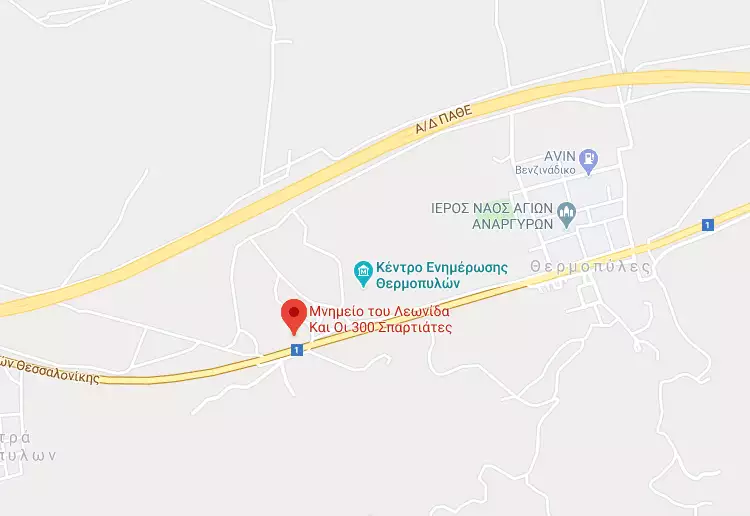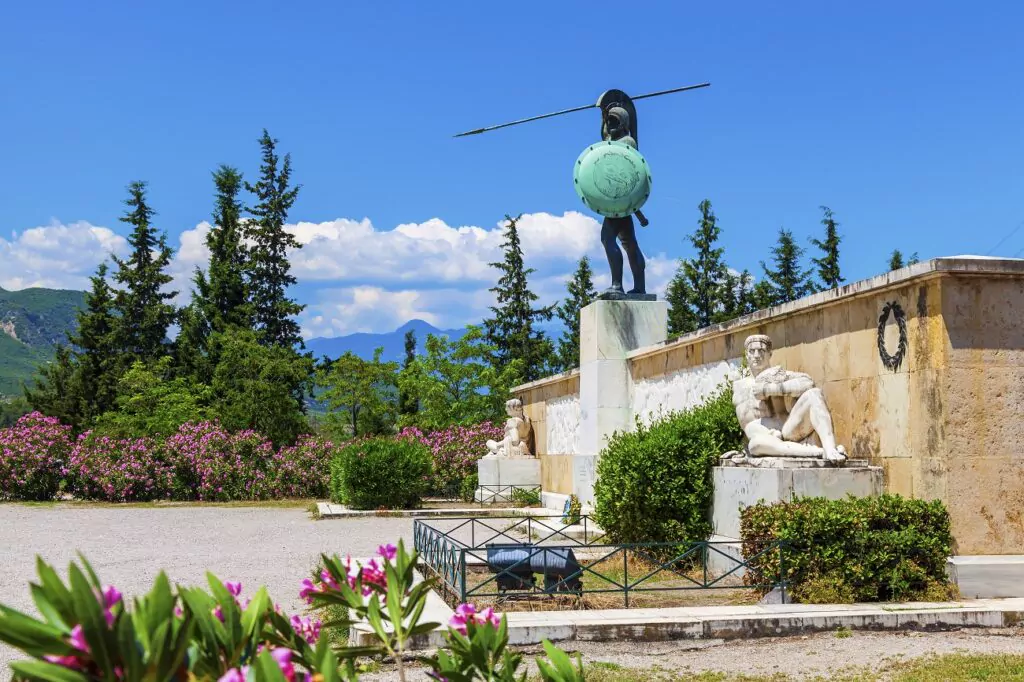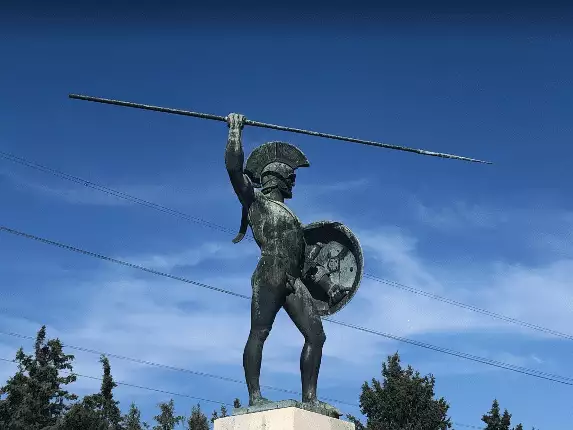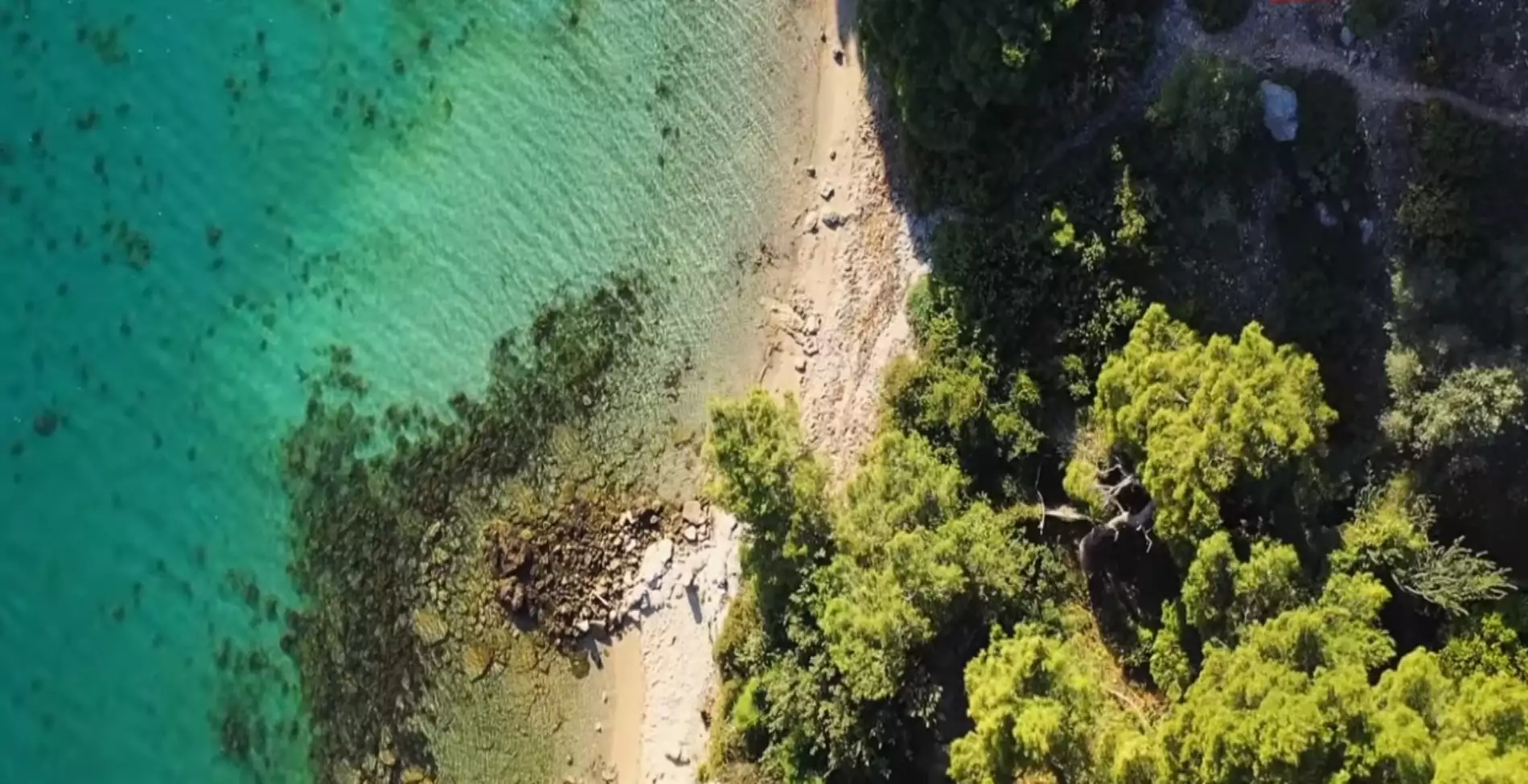“Stranger, tell the Spartans that we lie here, faithful to their laws” meaning: we died here following the Spartan traditions. This was the inscription of Simonides that was erected at the site of the battle of Thermopylae along with a stone lion. There where one of the most important battles of ancient Greek history was given. And thousands of tourists from all over the world may arrive every year to see the spot and the monument of Leonidas that exists there now but they face a paradox.
The famous Battle of Thermopylae
It was 480 BC when the Persian forces under the leadership of King Xerxes attempted their second invasion of Greece. According to Herodotus’ records, the Persian army consisted of 2.6 million men. However, modern estimates state that the Persian soldiers were from one hundred to three hundred thousand.
The narrow of Thermopylae was called to defend 300 Spartans, led by King Leonidas. On the way to Thermopylae, they were reinforced by 5,000 men from the Peloponnese, Phocis, and Thebes. In early September the Persians arrived at the narrow of Thermopylae. They intended to pass to southern Greece. Of course, the Greeks had taken care to close the passage. The Spartans lined up in the center, where the narrowest point of the passage was, and the rest of the forces around them. However, they did not succeed.
The organized and numerous Persians exterminated the entire force that remained on the battlefield. The Greek fleet, after learning the news, decided to move away from Artemisium and retreat to Salamis, where later achieved a significant victory.
The Battle of Thermopylae is a clear example of self-sacrifice and selflessness and so it has remained in history.

The paradox with the monument of Leonidas at Thermopylae
The monument of Thermopylae or otherwise the monument of Thermopylae is located at the point where Leonidas with his 300 Spartans, the 700 Thespians, and the 400 Thebans remained at the end of the alliance of the Lacedaemonians and the Peloponnesians to stand against the powerful army of Xerxes.
It causes awe when you find yourself there. It is not accidental, that it is a pole of attraction for hundreds of thousands of people from every side of the planet. They arrive there because they know that it is a place important not only for Greek but also for world history. However, a paradox happens. Instead of being the central and prominent point of the area, now and because of the New Road Athens Thessaloniki, now they do not see even the passers-by. Driving someone on the New Road will not see any strong signage so that someone can easily locate it. You can pass, that is, a few meters away from this historic place and where the battle took place and not know it.

And surely the images do not remind a place that on the one hand tries to promote its history, on the other hand, is interested in attracting tourists. It is certainly paradoxical for a place to be famous for such a historical battle but to be now completely cut off from every central point and road…
Read also:
The ancient triangles of Greece: Journeys of mystery and unparalleled beauty
Antiparos – The Greek island that was given as a dowry
Lefkada: Doukato, the lighthouse of Greece and the mysterious legend of lovers






